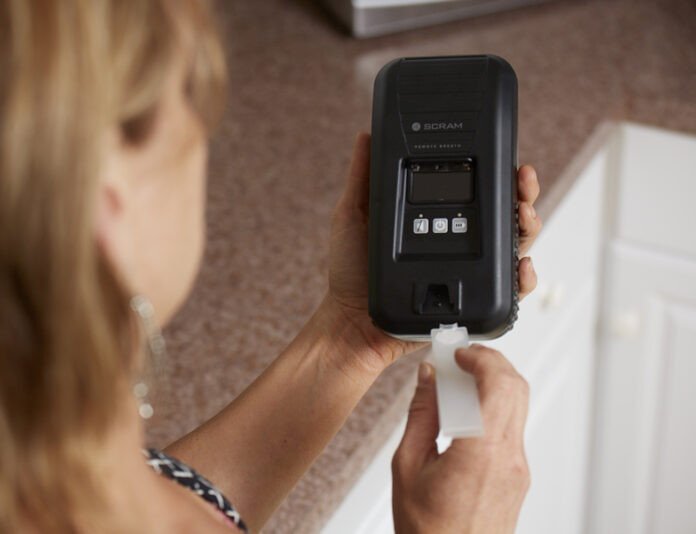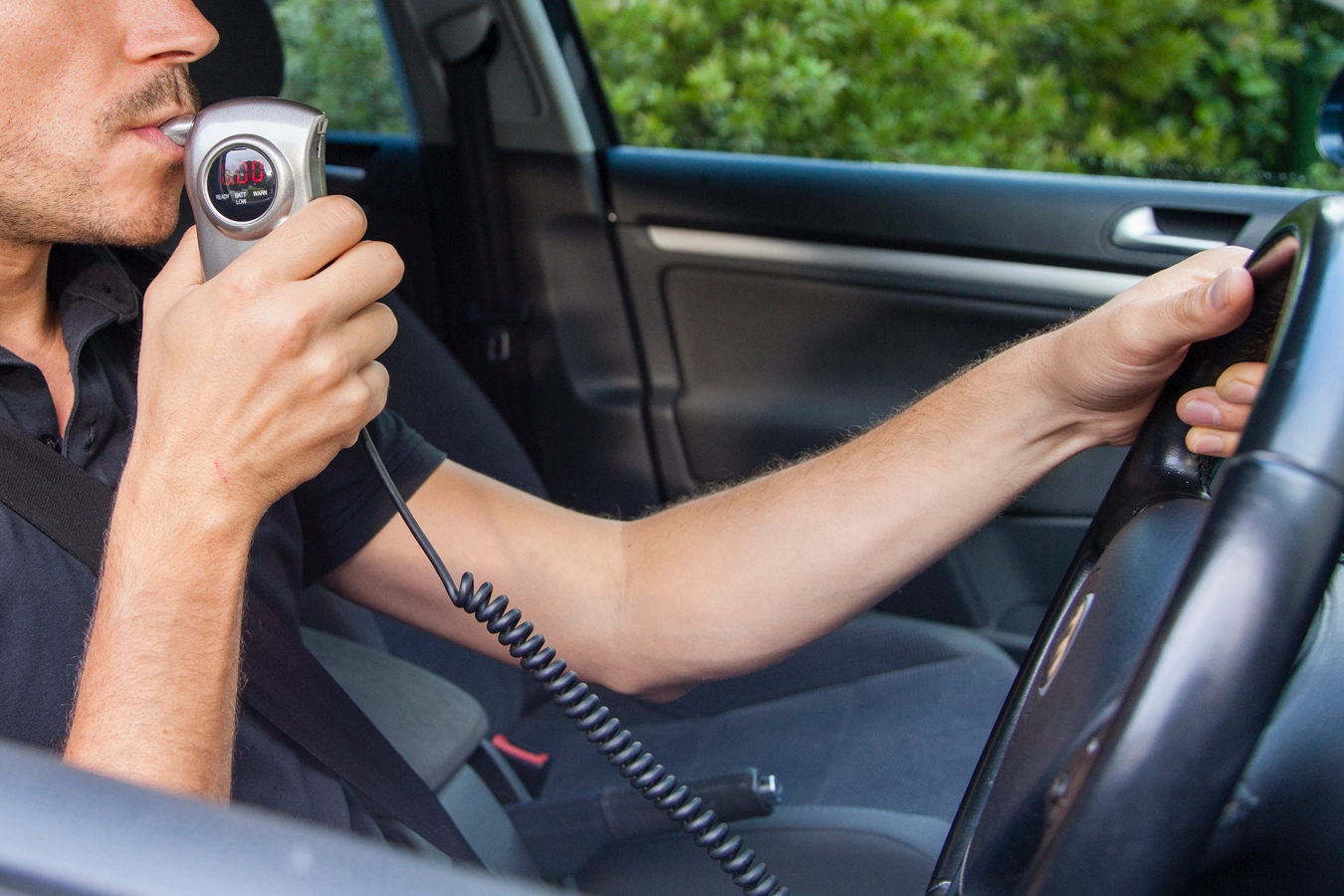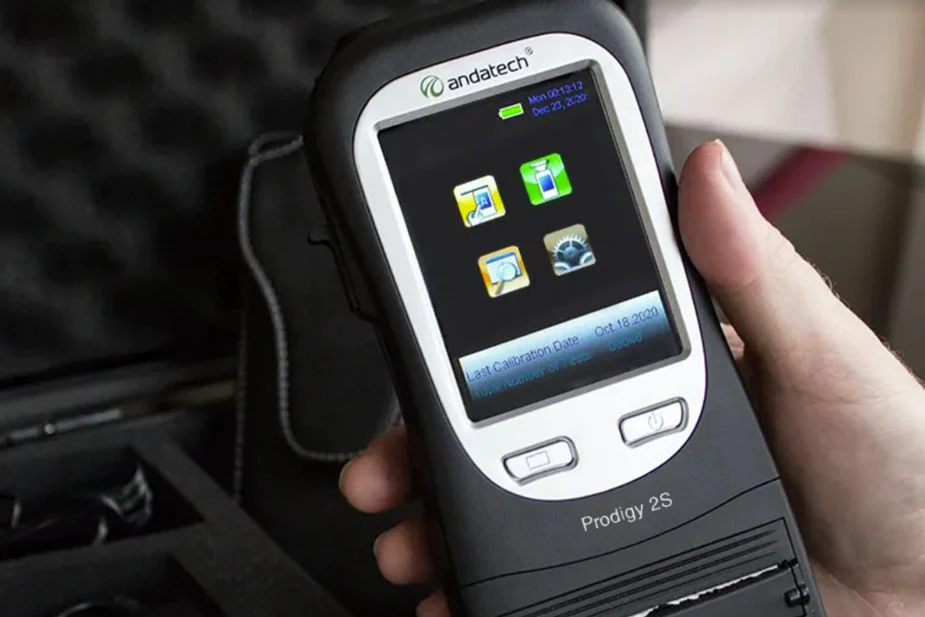In an era defined by technological progress, it’s worth pondering the impact of innovations in ensuring safety on our roads. One such device that has come to the fore in recent years is the portable breathalyzer. The following discourse explores how this simple yet effective tool is shaping the landscape of safe driving practices. Armed with practical insights, let’s delve into the world of portable breathalyzers, their intricacies, and their implications for road safety.
Portable Breathalyzers: An Overview

A simple yet ingenious device, the Portable Breathalyzer is an instrument capable of determining blood alcohol concentration (BAC) from a breath sample. With their origins in the 1940s, these handheld gadgets have been fine-tuned over decades, becoming a practical tool in the battle against drunk driving. Their size allows them to be carried conveniently in a pocket or purse, rendering them accessible for personal use.
Not confined to law enforcement use anymore, these devices are increasingly found in the hands of individuals keen on taking responsibility for their actions. They offer peace of mind to those wanting to ensure they are in a fit state to drive, acting as a self-check mechanism before getting behind the wheel. Not only does this support the individual’s safety, but it also protects others on the road from potential danger.
How Portable Breathalyzers Work
These contraptions function based on scientific principles. Once the user exhales into the breathalyzer, the device measures the concentration of alcohol in the breath. This breath alcohol concentration is then used to estimate the level of alcohol in the blood, providing a quick and non-invasive method to determine intoxication levels. There are primarily two types of sensors used in these instruments: semiconductor sensors and fuel-cell sensors, each with its own merits and demerits.
Semiconductor sensors are more affordable but may also be sensitive to substances other than alcohol. On the other hand, fuel-cell sensors, while pricier, are highly specific to alcohol and less likely to produce false readings. The type of sensor used influences the accuracy and reliability of the device, making it an important consideration for prospective buyers.
Benefits of Portable Breathalyzers for Safe Driving
When it comes to safe driving, one significant contribution of these devices is their ability to provide real-time feedback about a person’s sobriety. They serve as an unbiased gauge of intoxication, eliminating guesswork and helping individuals make informed decisions about their fitness to drive. As such, they hold tremendous potential in reducing drunk driving incidents and associated road fatalities.
Along with this direct contribution, these devices also serve a vital preventive role. By encouraging self-monitoring, they promote awareness and accountability among drivers. When drivers realize their actions could have potentially disastrous outcomes, it instills a sense of responsibility. This change in attitude towards drinking and driving can foster a culture of safety on our roads.
Choosing the Right Portable Breathalyzer
Picking the ideal device demands thoughtful consideration. While cost is a determining factor, the accuracy and reliability of the instrument are equally important. Devices equipped with fuel-cell sensors tend to offer more accurate readings. Buyers should also consider factors like ease of use, the speed of results, and the frequency of required calibration.
Beyond these considerations, prospective buyers should look for FDA-approved devices or ones that meet the standards set by other reliable health organizations. These endorsements are an assurance of the product’s quality and reliability. Investing in a trusted device can significantly enhance user confidence and improve the device’s effectiveness in promoting safe driving practices.
Proper Usage and Calibration of Portable Breathalyzers

For these instruments to serve their purpose, correct usage and regular calibration are critical. The first step involves understanding the device’s operation manual. Importantly, users should wait at least 15-20 minutes after consuming alcohol before testing to ensure accurate results. This waiting period allows any residual alcohol in the mouth to dissipate, thus avoiding skewed readings.
Regarding calibration, just like any sensitive instrument, breathalyzers require regular maintenance to ensure their accuracy. Depending on the device and frequency of use, calibration might be needed every few months. This involves adjusting the device’s internal settings to match known alcohol concentration values, ensuring the device continues to give accurate readings.
Integrating Portable Breathalyzers into Safe Driving Practices
Incorporating these devices into safe driving practices requires a concerted effort from all stakeholders. Drivers should embrace the concept of self-monitoring and make a habit of checking their BAC levels before getting behind the wheel. Companies can also play a part by encouraging their employees to use these devices, particularly in industries where social drinking is prevalent.
Even educational institutions can leverage these devices in their campaigns against drunk driving. By demonstrating their usage and emphasizing their benefits, schools, and colleges can make students more aware of their responsibility when it comes to safe driving practices. This multi-pronged approach could go a long way in fostering a culture of responsibility and safety on our roads.
Legal Implications and Portable Breathalyzers
Legally, portable breathalyzers can be a double-edged sword. On one hand, they can provide evidence of a driver’s sobriety in situations where there’s a dispute. Conversely, high BAC readings could serve as self-incriminating evidence in the event of a traffic incident. It’s important to understand the legalities in your jurisdiction before using these devices.
Another aspect worth noting is the varying BAC limits set by different jurisdictions. While portable breathalyzers give an estimate of BAC, the user must know their local BAC limit to make informed decisions. Knowledge of local laws and regulations, along with a reliable portable breathalyzer, can equip drivers with the tools they need to stay on the right side of the law.
Public Awareness and Education on Portable Breathalyzers
Public awareness and education play a crucial role in maximizing the potential of portable breathalyzers. By raising awareness about these devices and the science behind them, society can better understand their value. Awareness campaigns should be designed to highlight the device’s functionality, ease of use, and its role in promoting safer driving practices.
It’s essential to educate users on their limitations as well. Portable breathalyzers, while highly useful, are not infallible and their readings should be taken as guiding, rather than definitive, information. Clear communication of these realities can help prevent over-reliance on these devices and ensure they are used effectively and responsibly.
On Final Reflection

Traversing the road to responsibility is an ongoing journey. Portable breathalyzers represent a milestone along this path, providing a practical tool to promote safe driving practices. As we continue to navigate this course, it’s crucial that we understand these devices’ full potential and limitations, and utilize them effectively to foster a culture of safety and responsibility on our roads. Each of us, in our way, can contribute to this collective journey, ensuring safer journeys for everyone.









